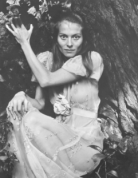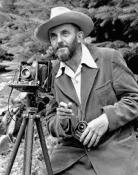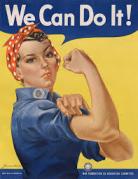Founding of Yosemite national park
The start of the month Oct 1890
Yosemite national park was founded in California in 1890. The opening of Yosemite National Park marks a significant milestone in the conservation and appreciation of natural beauty in the United States. Yosemite became the third national park in the country. It showcased the beautiful landscapes of the Sierra Nevada Mountains in California. The park inspired generations of nature enthusiasts, artists, and conservationists. Yosemite's founding marked the beginning of a cultural and artistic movement. The park's wide variety of scenery captured the imagination of painters, photographers, writers, and adventurers. Many artists flocked there for inspiration for their work. Artists like Ansel Adams captured Yosemite's landscapes through photography and writers like John Muir advocated for its protection. Judy Dater took a collection of photos at Yosemite to show off her work. She had an artistic journey at Yosemite National Park, representing a unique mix of photography, feminism, and the natural world. Dater's presence at Yosemite helped pave the way for greater recognition of women in the male-dominated field of photography. She helped women challenge the old ways and create new voices for themselves. Yosemite was crucial for Judy Dater to show her creativity and voice. She proved herself to be a great photographer with the pictures she took at Yosemite national park.
Associated Places
No places have been associated with this eventby Josselyn Nau





